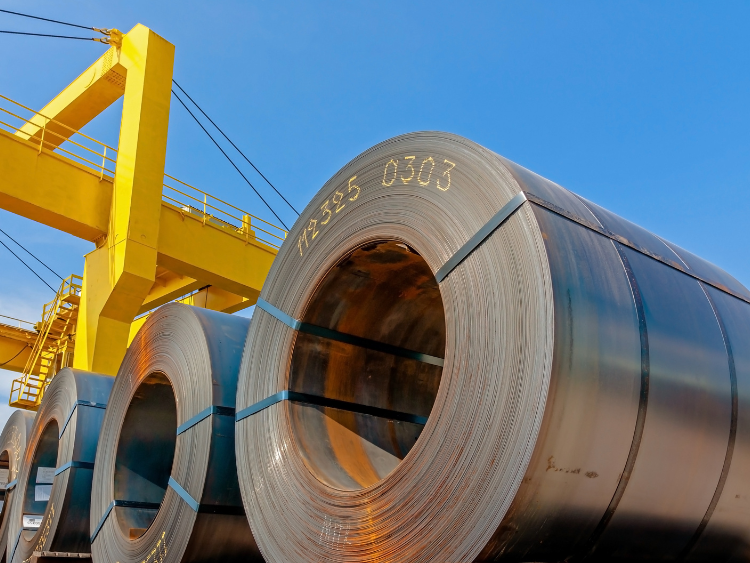 |
| EU Steel |
The mood among European policy makers regarding the steel industry has notably shifted, with increasing support for the sector’s future. According to Axel Eggert, director-general of Eurofer, the European steel industry association, policymakers are beginning to recognize the importance of addressing the growing challenges in global steel production. However, while this shift in mood is encouraging, Eggert emphasized that these positive words must be followed by tangible actions.
Rising Political Support for EU Steel Industry
Eggert pointed out that there is more political backing for the European steel sector, especially as lawmakers become increasingly aware of the massive overcapacity in global steel production, particularly CO2-intensive steel. The Organization for Economic Cooperation and Development (OECD) predicts that global steel capacity will grow by 157 million tons over the next three years, which will likely negate the decarbonization efforts of the EU steel industry.
In response, the European Parliament has called for a European steel action plan, which has been embraced by European Commission President Ursula von der Leyen. However, Eggert stressed that while these statements are promising, they must be followed by concrete measures to ensure the long-term sustainability of the industry.
Green Steel and Public Procurement as Key Measures
One of the critical measures that Eggert advocates for is the implementation of public procurement for green steel. With the EU's ambitious decarbonization targets — a 55% reduction in CO2 emissions by 2030 and carbon neutrality by 2050 — Eggert emphasized that EU governments should lead by example. This means prioritizing green steel in public sector construction, vehicles, and other products, which would support European producers committed to decarbonizing their operations.
Global Overcapacity and Trade Distortions Impacting EU Steel
The steel industry crisis is largely driven by global overcapacity and low demand in Europe, exacerbated by high energy costs. Compounding this issue is the low-priced steel being exported by countries like China, Japan, and India, which depresses global markets. China’s exports, in particular, have been an issue for EU steel producers, as the country benefits from state subsidies, leading to significant trade distortions.
Eggert discussed how the EU has implemented anti-dumping measures on stainless steel from Indonesia, but Indonesia has circumvented these by exporting processed steel to third-party countries like Taiwan, Vietnam, and Turkey, which then re-export the products back to the EU. This tactic, along with the support from Chinese investments in Indonesia’s steel industry, has made Indonesia’s steel sector one of the largest globally.
EU Trade-Defense Measures: Need for Improvement
Eurofer has called for enhanced EU trade-defense measures to tackle issues such as dumping and excessive capacity from third countries. Eggert emphasized the need for improved steel safeguards and more effective enforcement of existing trade defense instruments. Currently, anti-dumping duties on Chinese steel are too low, undermining the efficacy of EU trade policies.
Carbon Border Adjustment Mechanism (CBAM) Concerns
The EU’s carbon border adjustment mechanism (CBAM) has been another point of contention. Third countries are already looking to export steel from their lowest CO2-emitting plants to avoid paying CBAM costs. Eggert advocated for including indirect CO2 emissions (Scope 2 emissions) in the CBAM, particularly for stainless steel, which is a major contributor to indirect emissions.
Scrap Export Concerns and India's Decarbonization Challenge
Finally, Eggert addressed concerns from India regarding the potential for a European export ban on scrap metal. While the EU does not currently have a scrap export ban, Eggert pointed out that India itself has export restrictions on scrap and needs to focus more on decarbonizing its domestic steel sector. He also warned that if India delays its decarbonization efforts until 2070, the EU will face a significant disadvantage in the global steel market.













 We publish to analyze metals and the economy to ensure our progress and success in fierce competition.
We publish to analyze metals and the economy to ensure our progress and success in fierce competition.
No comments
Post a Comment